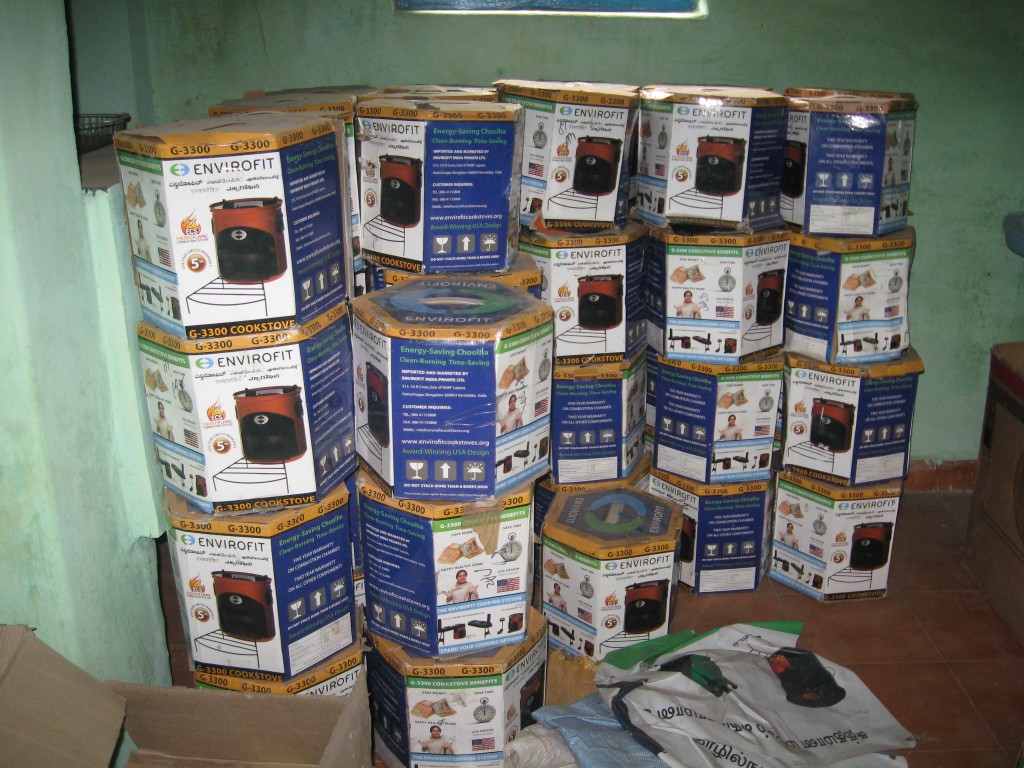 Improved cooking stoves not going anywhere in rural Tamil Nadu, India.
Improved cooking stoves not going anywhere in rural Tamil Nadu, India.
Why does Essmart exist?
Why are we Essmart team members working on Essmart?
These important questions were posed to some of our team members today. We had a Skype interview with an MIT IDEAS Global Challenge judge, who asked us a series of great questions and gave us useful, thought-provoking feedback. I think that those of us who could make the interview had different take-aways, but I was particularly moved by this concept of starting with why. When we explain Essmart to potential customers, supporters, and funders, we must share our motivations, our beliefs, and our burdens before we get into the nitty gritty of what we do, which is distribute technologies to retail shops.
Our judge asked each of us to explain why we are working on Essmart. We all have a shared motivation, but I can only tell my own story in detail. This is how Essmart began for me:
MIT has a suite of classes housed under D-Lab, which introduces undergraduate students to grassroots international development through engineering. I took the introductory D-Lab course when I was an undergraduate. I ended up traveling to rural Western China and seeing how a innovative solar cooking technology could be helpful for Tibetan villagers. While the class was a great experience, I also completed it feeling jaded. My classmates were mostly concerned about technological innovation, not actual implementation.
I pursued my Master’s degree in international development to continue researching this topic of technology dissemination for community-level development. My geographical region of interest switched to India, where there are many more examples to study (India has historical leaning toward village level development, due to Gandhi’s ideal of self-sustaining villages).
I visited India multiple times, seeking out nonprofit organizations and social enterprises that were developing technologies for the base of the pyramid. I was saddened, though, because end users were not benefiting from these great technologies at scale! No one had figured out how to disseminate these technologies widely. Many nonprofit, donor-driven models were used, and they were financially unsustainable and geographically small-scale. Small manufacturers did not have the resources to devote to marketing and distribution. In a way, all of the excitement in the Western world around the next “world-saving widget” was just hype. Technologies designed for the other 90% were designed in vain because the other 90% was not using them.
I returned to MIT with a renewed sense of purpose. Why just research this problem when I could do something to address it? It was fortuitous timing – one of our team advisors introduced me to Jackie Stenson in Fall 2011, and Essmart was born through our independent experiences and shared motivations. Our team, similarly driven, grew over time. We’re now committed to changing the world through making these technologies – and others – accessible at the bottom of the pyramid.

Follow Us!